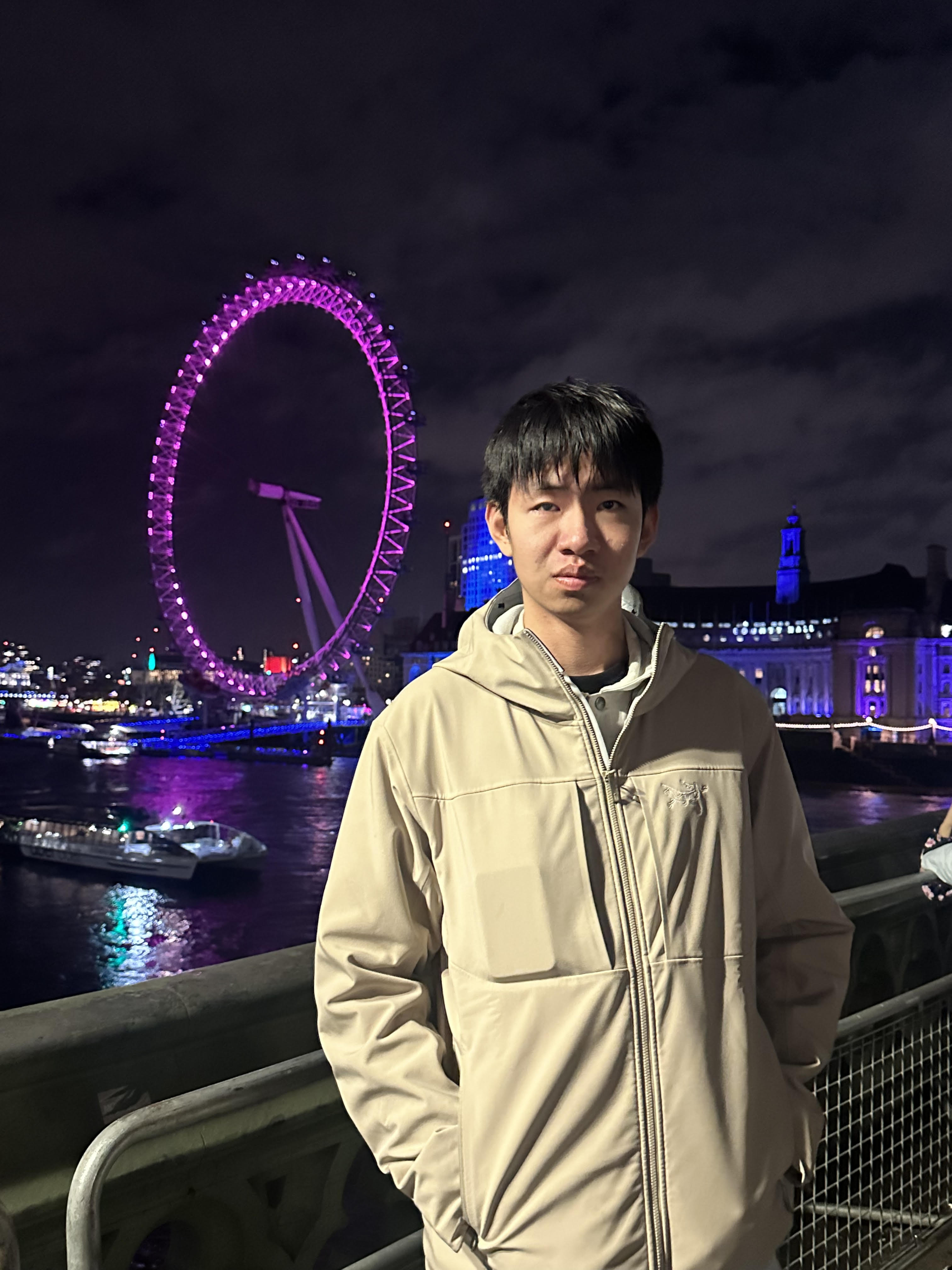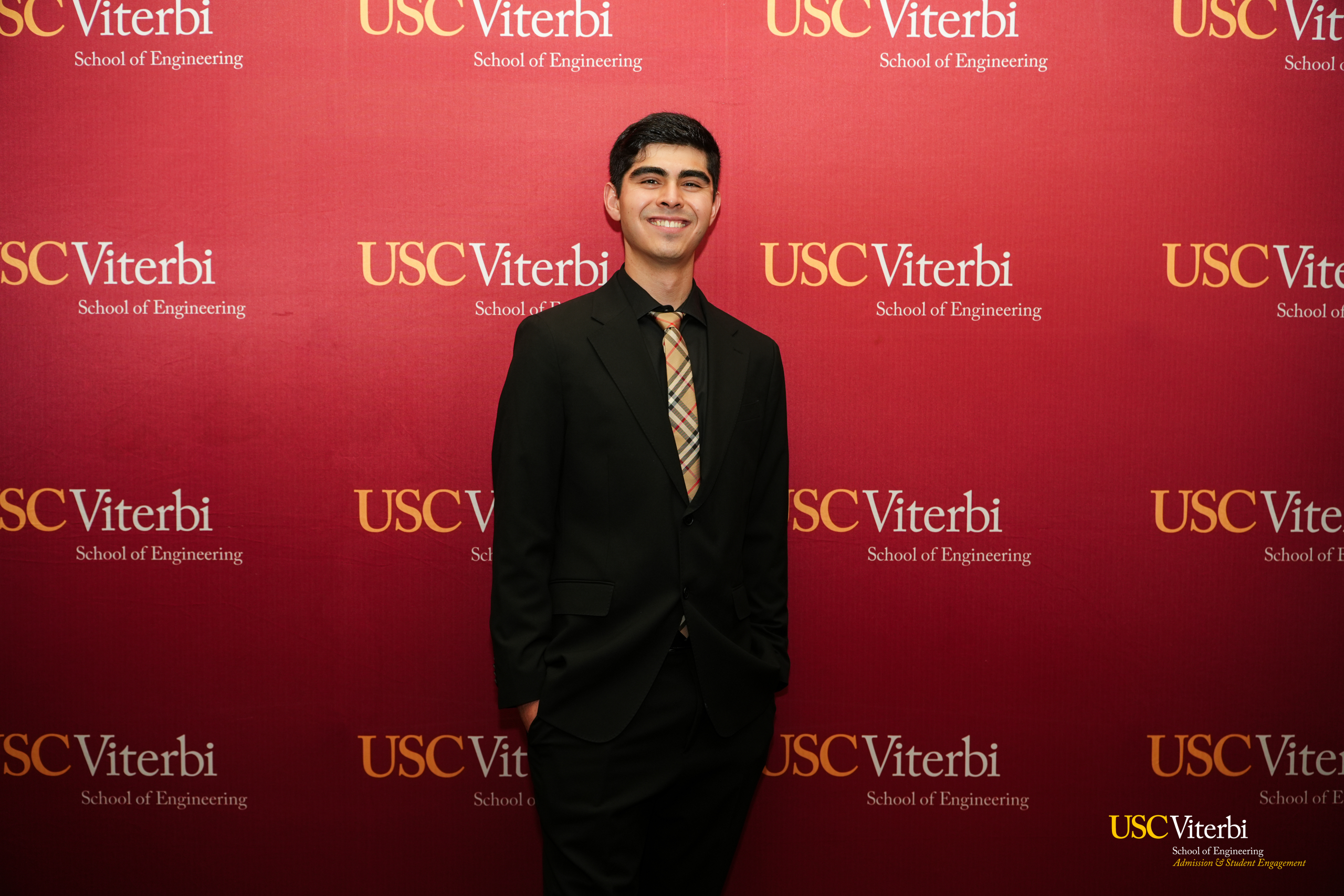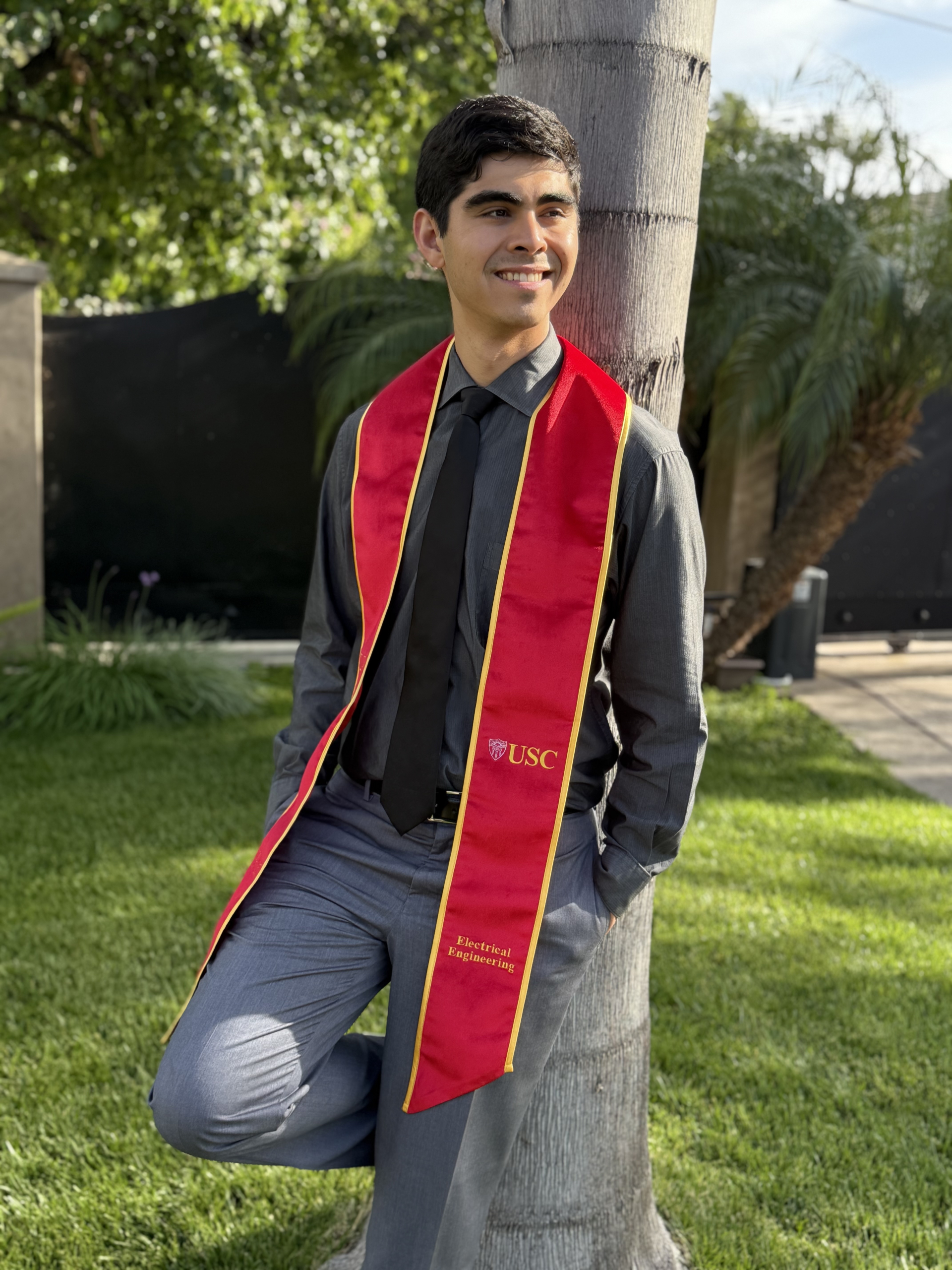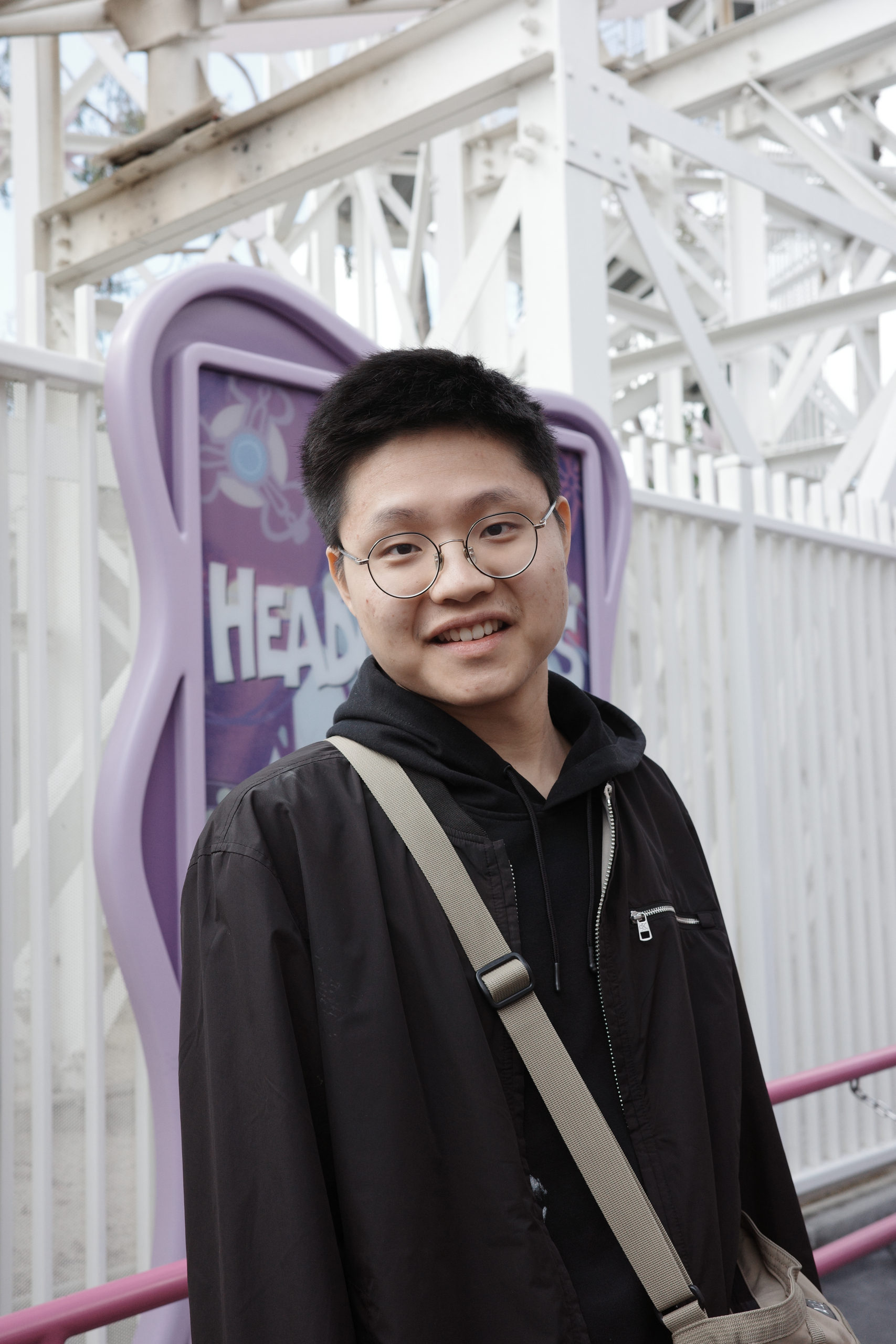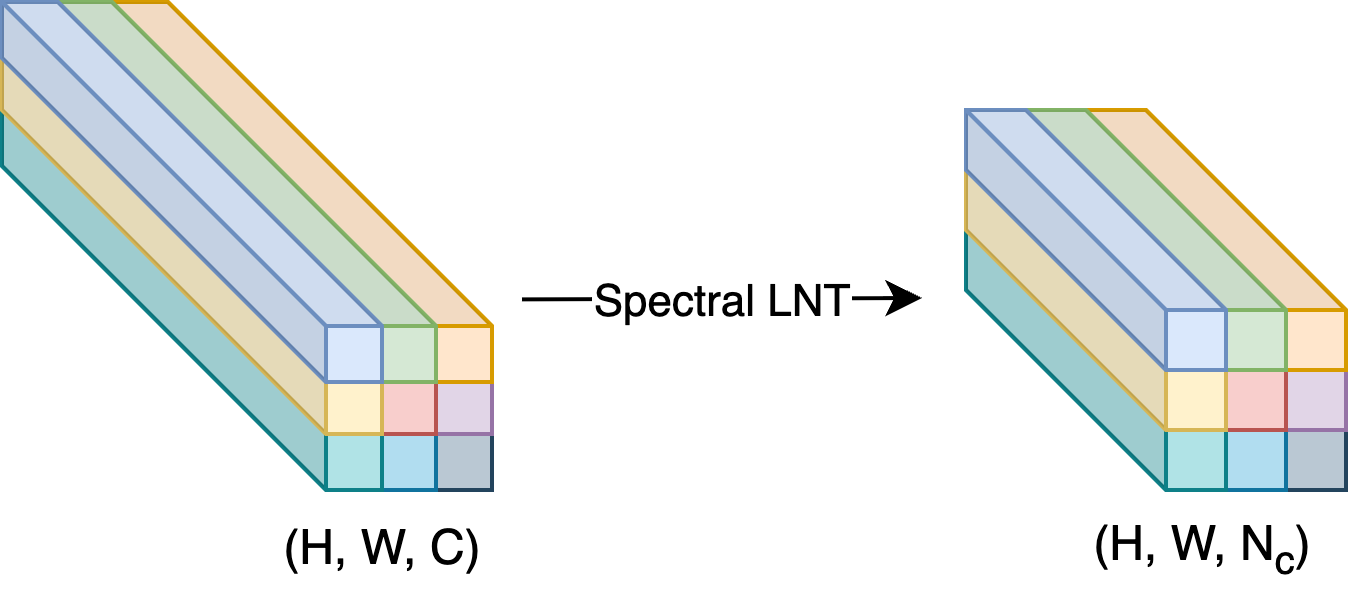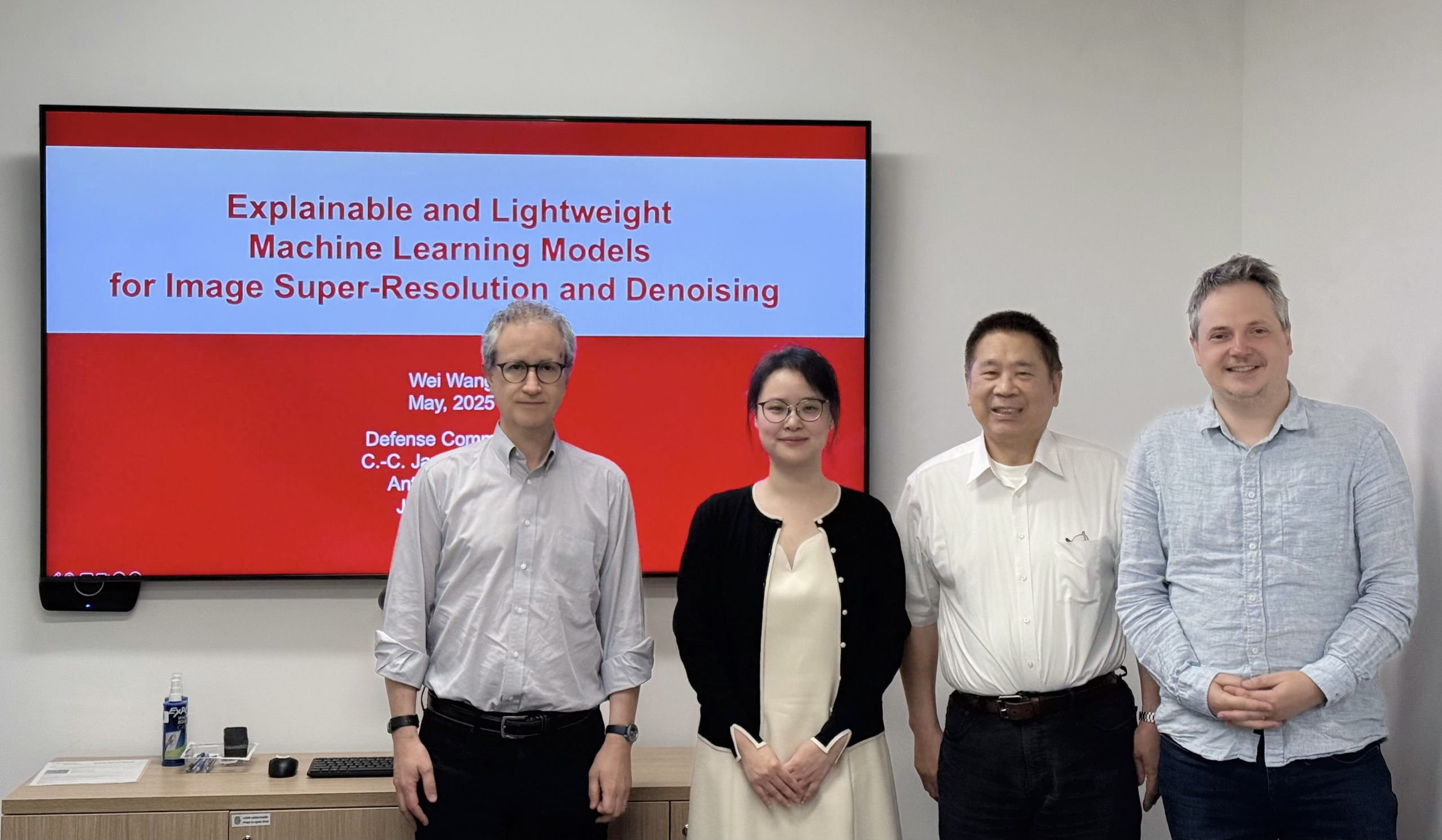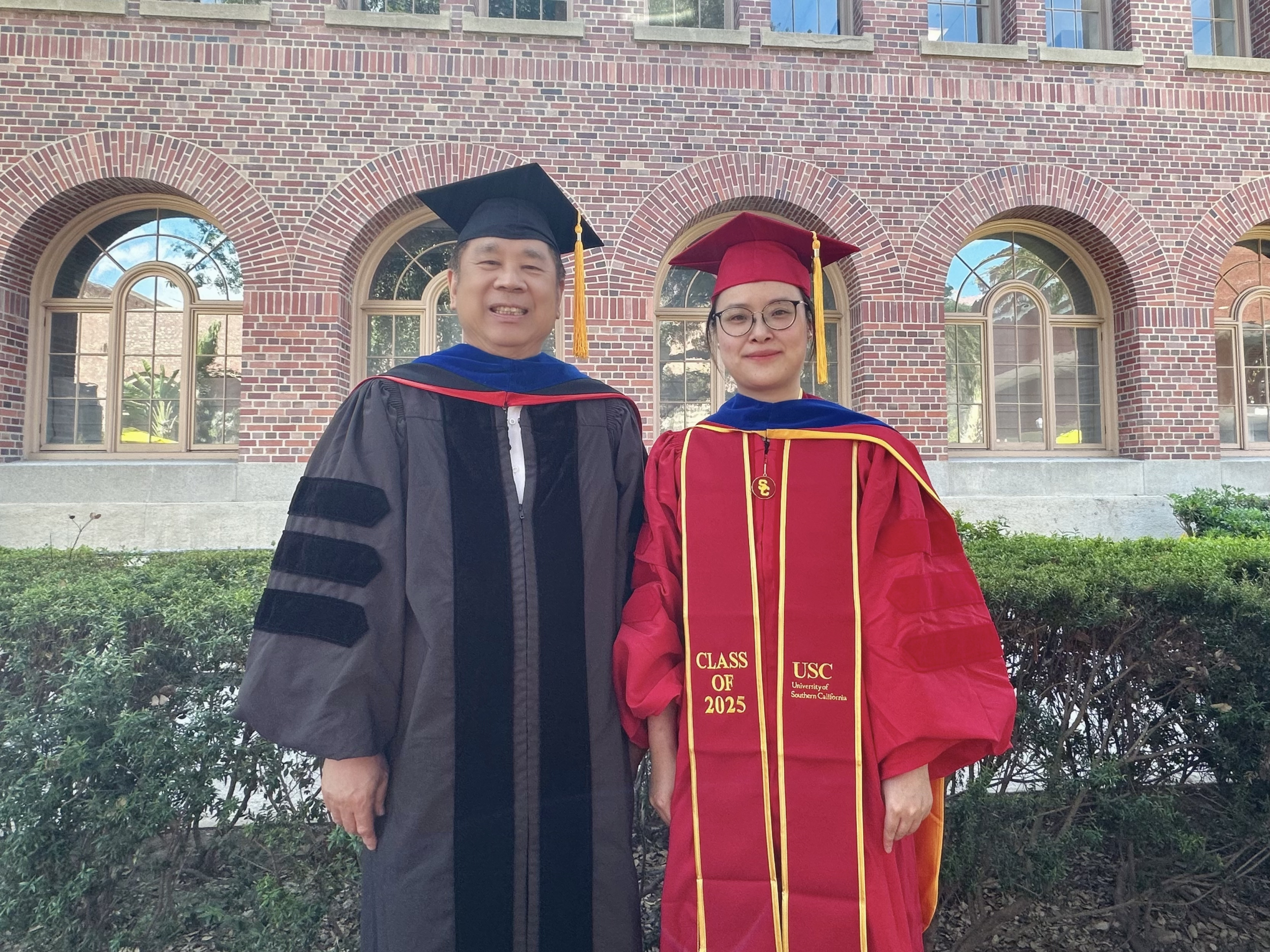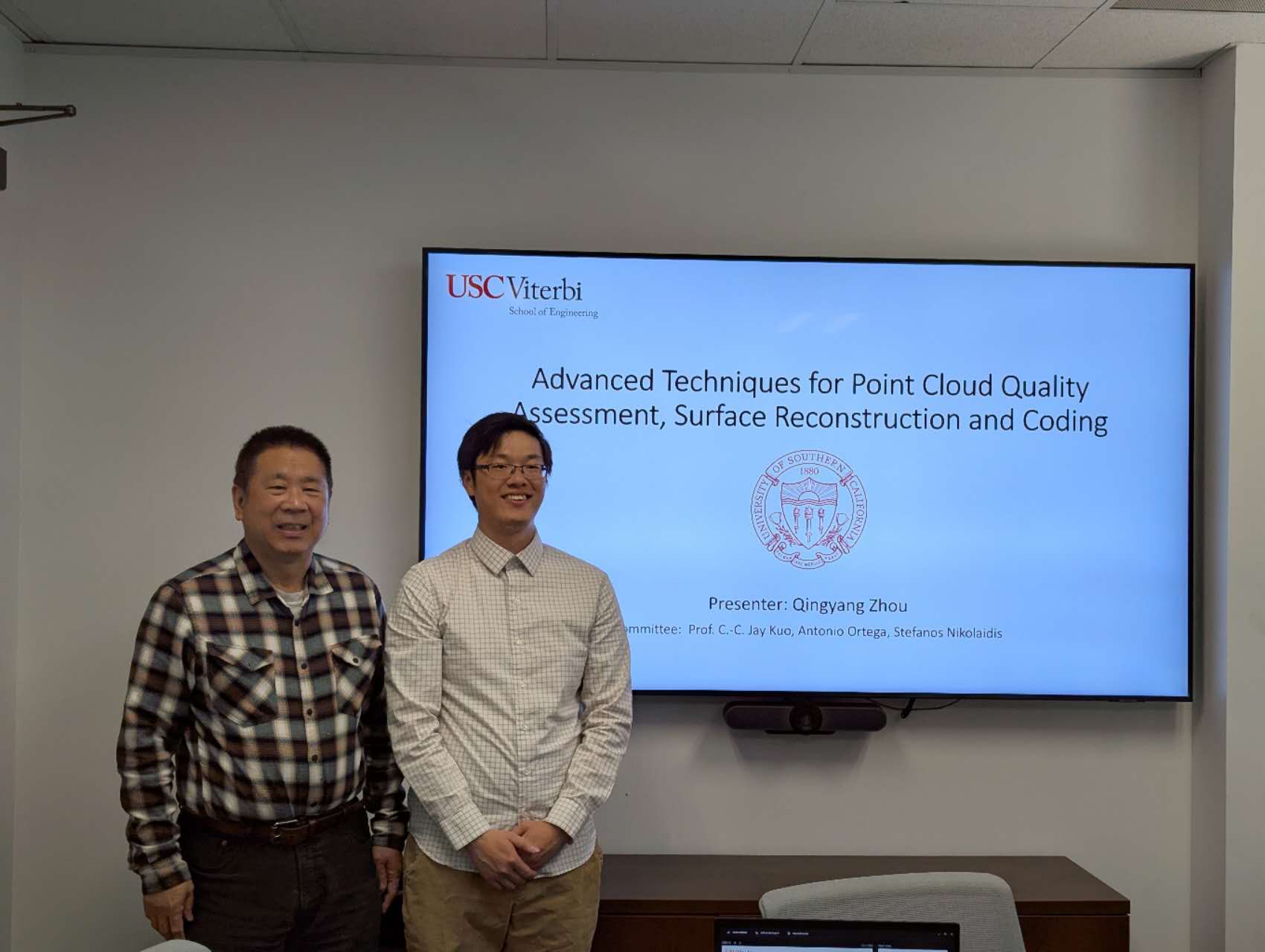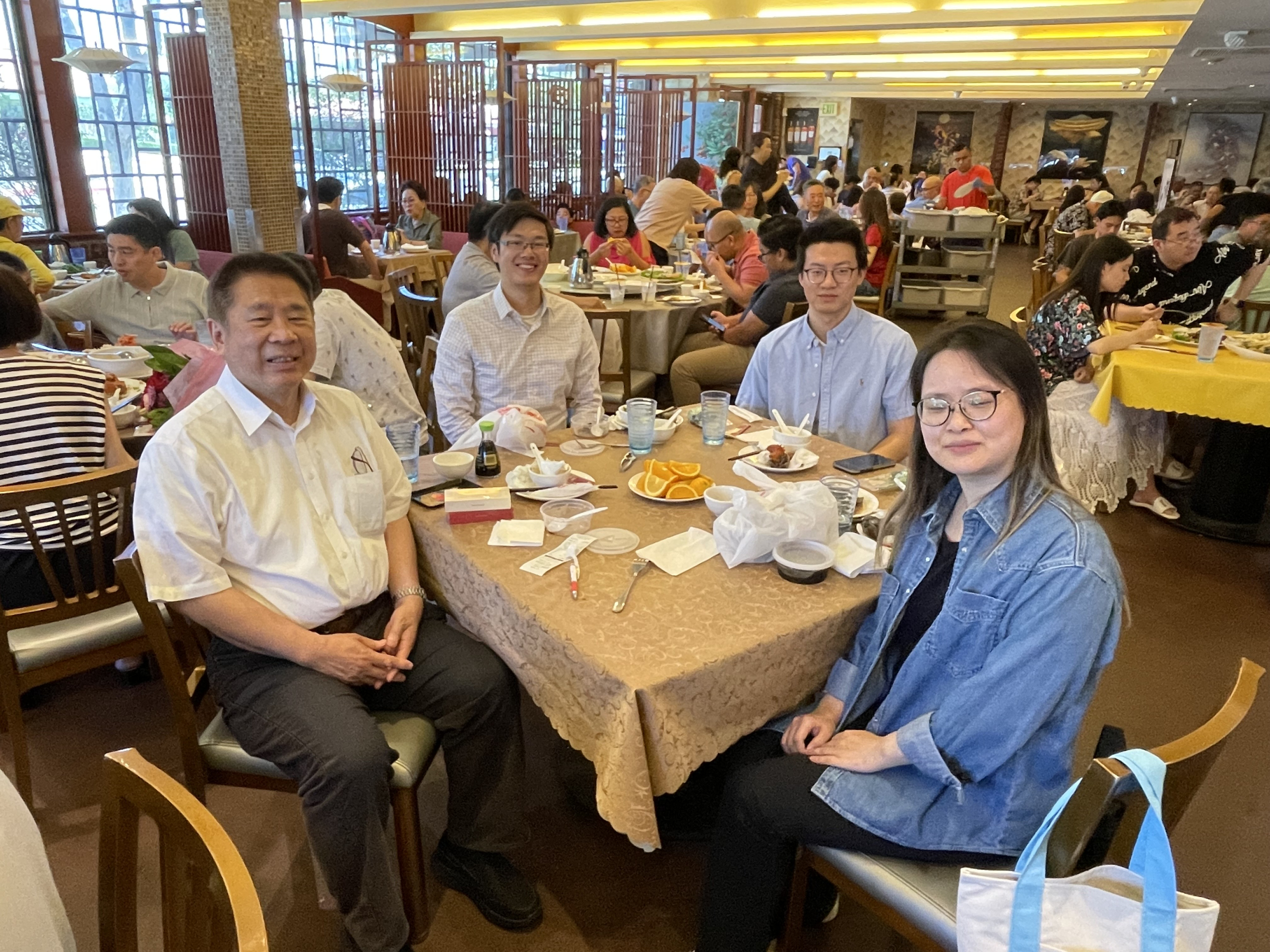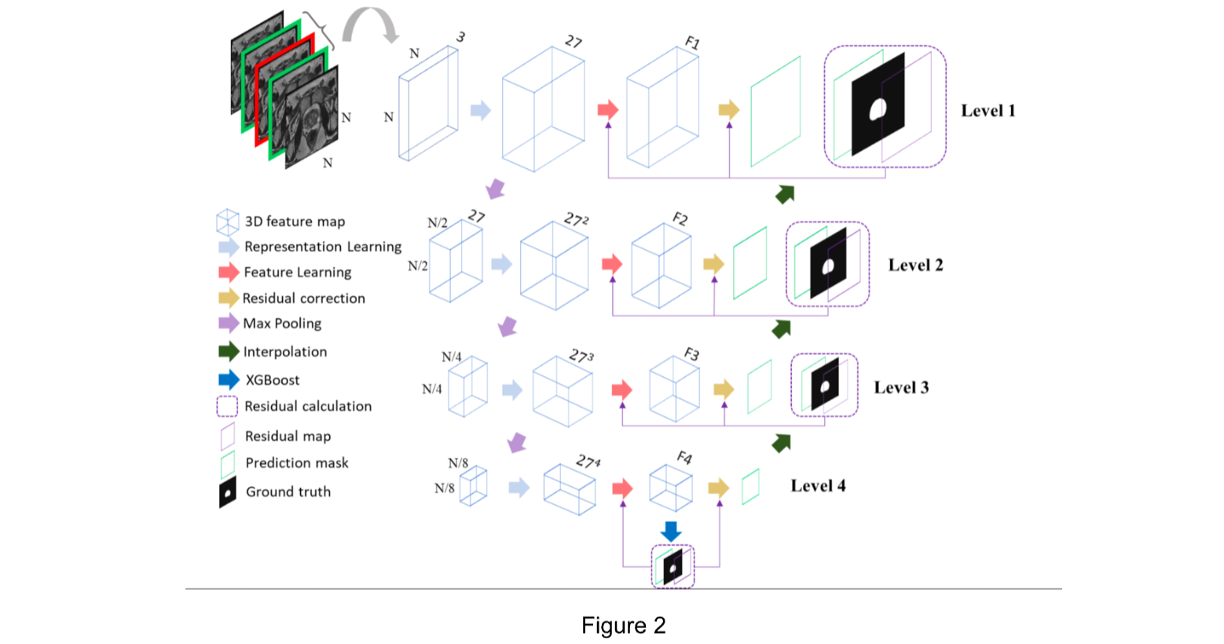MCL Research on Multi-Stage XGBoost
XGBoost is a widely used gradient-boosting framework in machine learning. Due to its low resource consumption and interpretability for sequential learning, XGBoost has gained increasing attention in green learning, where computational efficiency and model transparency are essential. However, XGBoost is not optimized in the current green learning literature. It accounts for a large part of the model parameters in a green learning system. It is desired to reduce the size of XGBoost while maintaining its high performance.
We recently have proposed a new method called Multi-stage XGBoost (MXB), a modular framework that builds a sequence of XGBoost models. MXB adopts a sequence of shallow XGBoost models, each of which defines a stage. Unlike conventional XGBoost, which is trained on the full feature set, the model at each stage of MXB is trained on a distinct feature subset. The general idea is to put more discriminant ones in earlier stages and less discriminant ones in later stages. This is motivated by the convergence curve of the XGBoost classifier and regressor. Also, the transition from one XGBoost model to the next in MXB is governed by the behavior of the gradient and Hessian, which represent the first- and second-order derivatives of the objective function, respectively. The gradient quantifies the direction and rate of change of the loss function, indicating how far the model is from optimality. The Hessian, on the other hand, measures the curvature of the loss, offering insight into the local stability of convergence.
We evaluate MXB on two datasets: MNIST and Fashion-MNIST, and compare it with standard XGBoost models of equivalent depth and model size. The training and testing curves show that MXB has smaller train–validation gaps and more stable testing loss as compared to [...]



